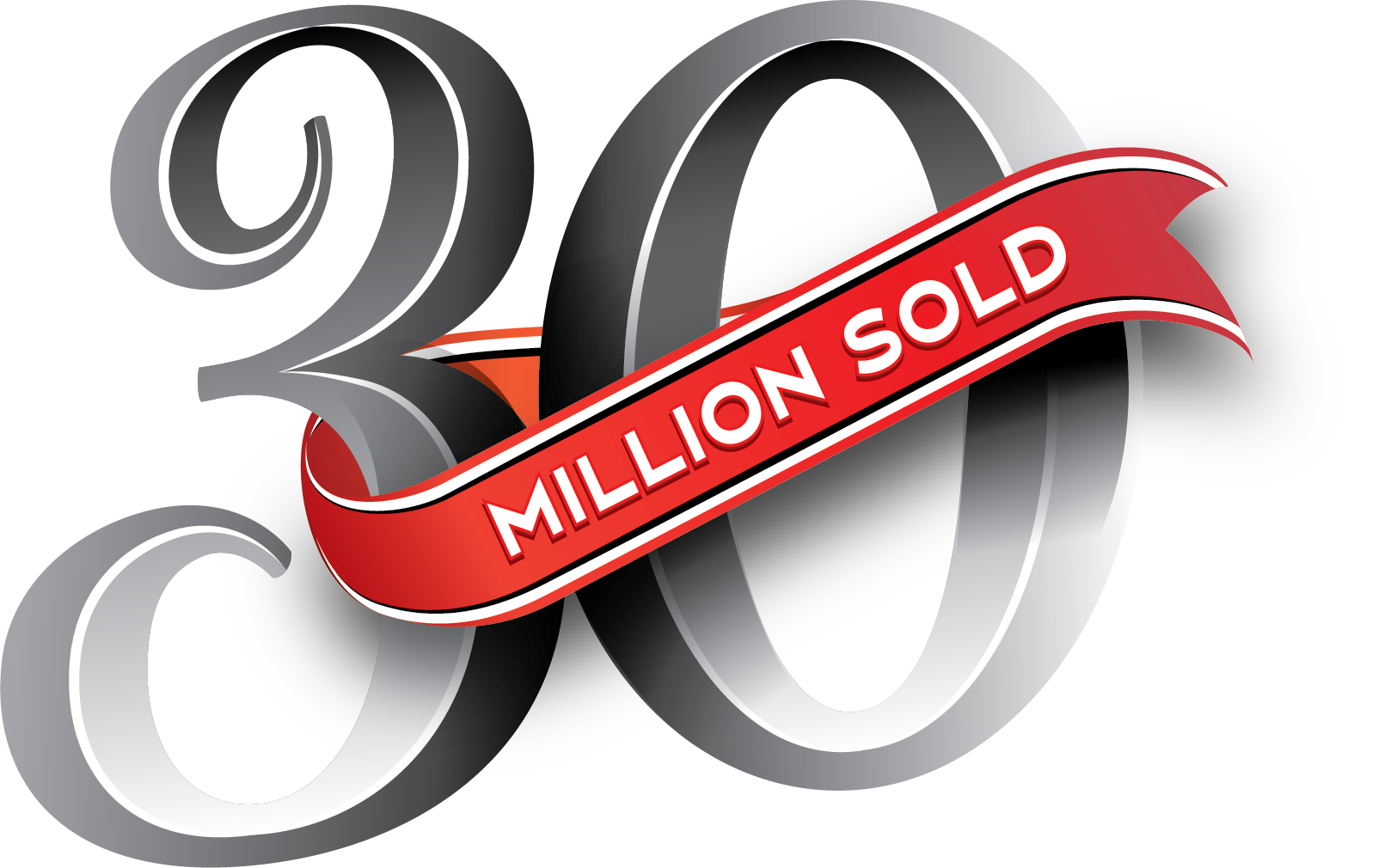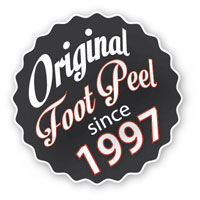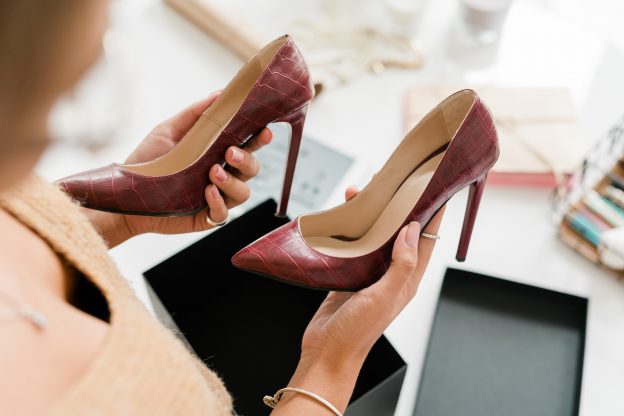Who among us doesn’t love to step out in a brand new pair of shoes?
Whether it’s your first day on the job, a long-awaited vacation or any old time, new footwear is a great way to update your wardrobe.
And the best news of all? You don’t have to sacrifice style for comfort when shopping for that perfect pair.
Slipping into a comfortable shoe makes you feel great all over and helps you walk with more confidence. That’s because the right shoes actually help to ward off foot, leg and back problems for better overall health.
Always look for shoes that fit properly and give you good arch support. You’ll also want to choose a pair that’s well-suited for a particular activity.
Determine Your Shoe Size
Knowing your shoe size is the first step in selecting the best pair. Always measure your feet while standing for better accuracy. Measure both the length and width of your feet.
If it’s been years since you last measured your shoe size, it’s probably time to measure again. The size and shape of our feet change over time, so a pair that fit perfectly years ago may be too tight later on. When trying on shoes at a store, it’s a good idea to walk around in them for at least 10 minutes before deciding whether to purchase them.
Another pro tip? Go shoe-shopping in the late afternoon or evening if possible. Your feet swell during the day, especially during hot weather, which means they’re slightly larger at night than in the morning!
Toe Comfort
When trying on shoes, wiggle your toes a bit to make sure they have enough room. If it’s feeling too cramped in there, try a larger size.
Super pointy shoes that scrunch your toes together may aggravate bunions, which is a hard lump that sometimes forms on the joint of the big toe. If your shoes aren’t long enough, you may also be at risk of developing hammertoe, which causes toes to curl under permanently. In some cases a medical intervention is required to correct this uncomfortable and unsightly condition.
Flats
Use caution when shopping for ballet-style flats. Many brands in this style have little to no support, which can lead to a painful condition called plantar fasciitis. This happens when the connective tissue between your heel and toes becomes inflamed. A quality pair of flats will have a padded foot bed for good arch support and ample room in front so your toes don’t feel crunched.
Heels
Many people love the leg-extending look of high heels. But too much of a good thing may be doing some not-so-glamorous damage to your health.
Did you know high heels actually change the alignment of your body? If they’re 3 inches or more off the ground, they shift your weight forward. This wears away the natural padding on the balls of your feet and jams your toes. High heels also cause your Achilles heel to tighten up and increase the risk of callouses.
If you still want to wear heels in professional or formal settings, it’s important to strike a balance between style and comfort. Stick with heels of 2 ½ inches or less. That’s just enough to give you an attractive silhouette with reduced stress on your feet and ankles. And as with all styles of shoes, look for a pair with good arch support.
Flip Flops & Sandals
Nothing feels better than a breezy pair of sandals or flip flops when the mercury rises.
Just don’t forget about quality when looking for something to wear to the beach or boardwalk. Poorly constructed flip flops often provide little or no arch support. This makes them a leading culprit in plantar fasciitis and Achilles tendinitis, which is an overstretching of your Achilles tendon. Flip flops with an uncomfortable thong may cause hammertoe.
Sneakers
Whether you’re an athlete or just want something comfortable for spending time on your feet, a good pair of sneakers is a staple for people of all ages. Features to look for include arch support, a thicker sole and good shock absorption. Breathable fabric keeps your feet comfortable in high temperatures.
Most sneakers have a lifespan of about 6 months or 500 miles, although this will vary depending on the type of activities you engage in. If you are running, jumping or participating in sports, a worn-out shoe increases your risk of injury. On the other hand, your sneakers may last longer if you mainly wear them for low-impact activities such as walking.
Other Features to Consider
Here are a few more features to look for no matter what style you’re shopping for.
For starters, don’t buy a shoe that can easily bend in half. That’s a sign of poor support. You should not be able to bend the shoe so that the toe touches the heel.
Instead, look for a comfortably padded sole with a heel cup that doesn’t collapse when squeezed. A slight curvature in front and back helps to remove stress from the middle of your foot. Lightweight shoes are easier to wear for long periods of time than heavier ones.
Once you’ve purchased a pair of shoes, wear them at home to “break them in” before wearing them on a long trip or all day at work. Finally, avoid wearing the same pair of shoes two days in a row. Rotating pairs allows your shoes to breath, which lets them dry out and reduces the risk of bacterial infection.
By shopping smart, you can enjoy the best of both worlds: a fabulous pair of shoes that look great on you and feel great to wear.
And if you’re looking for an easy at-home pedicure, try Baby Foot Original Exfoliating Foot Peel. It helps you get rid of dry, cracked skin to reveal the healthy skin underneath for soft, beautiful feet at any age.


